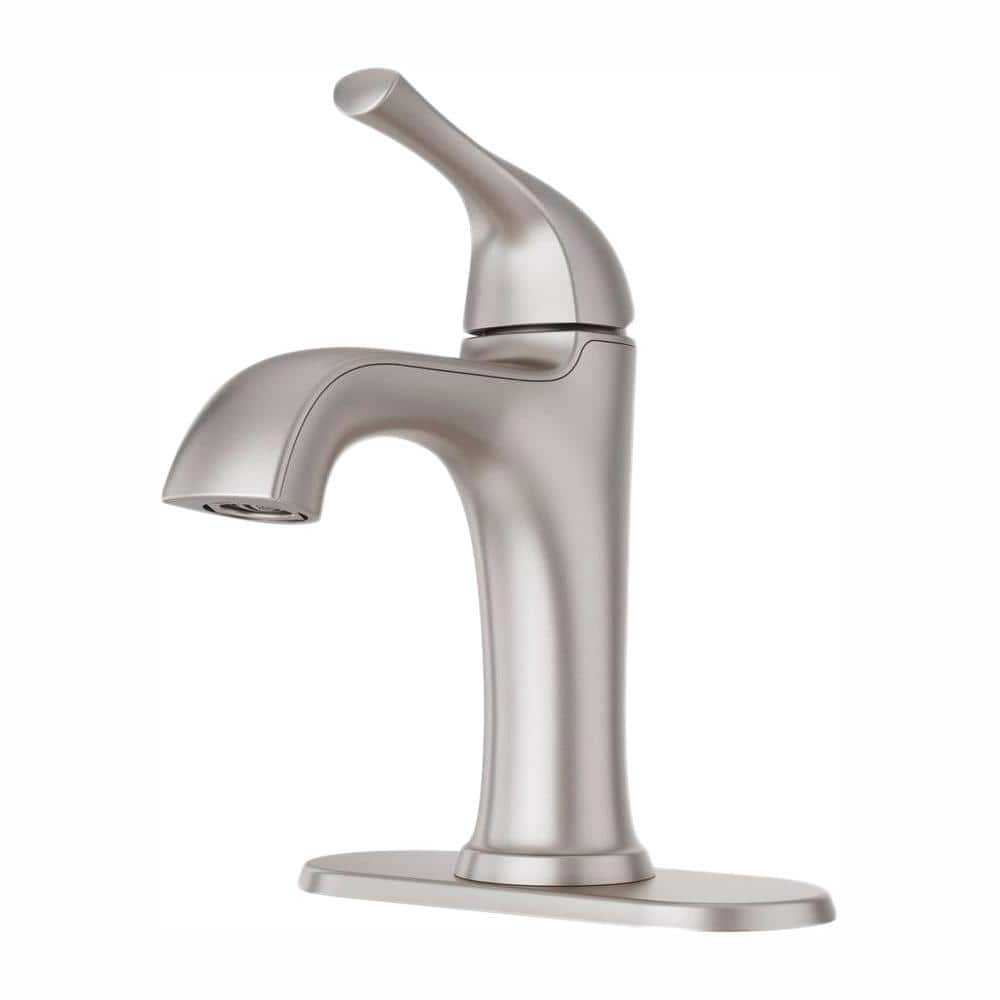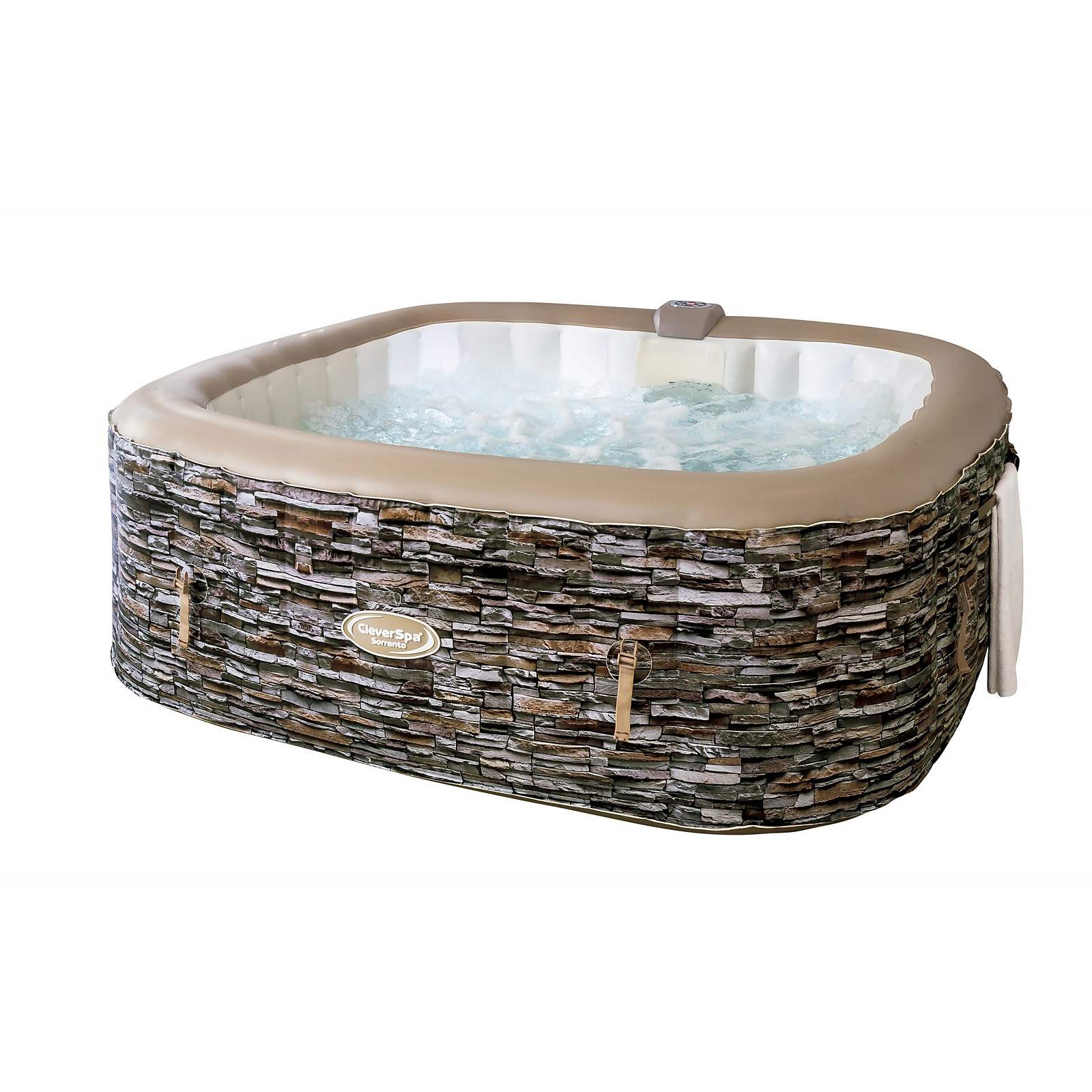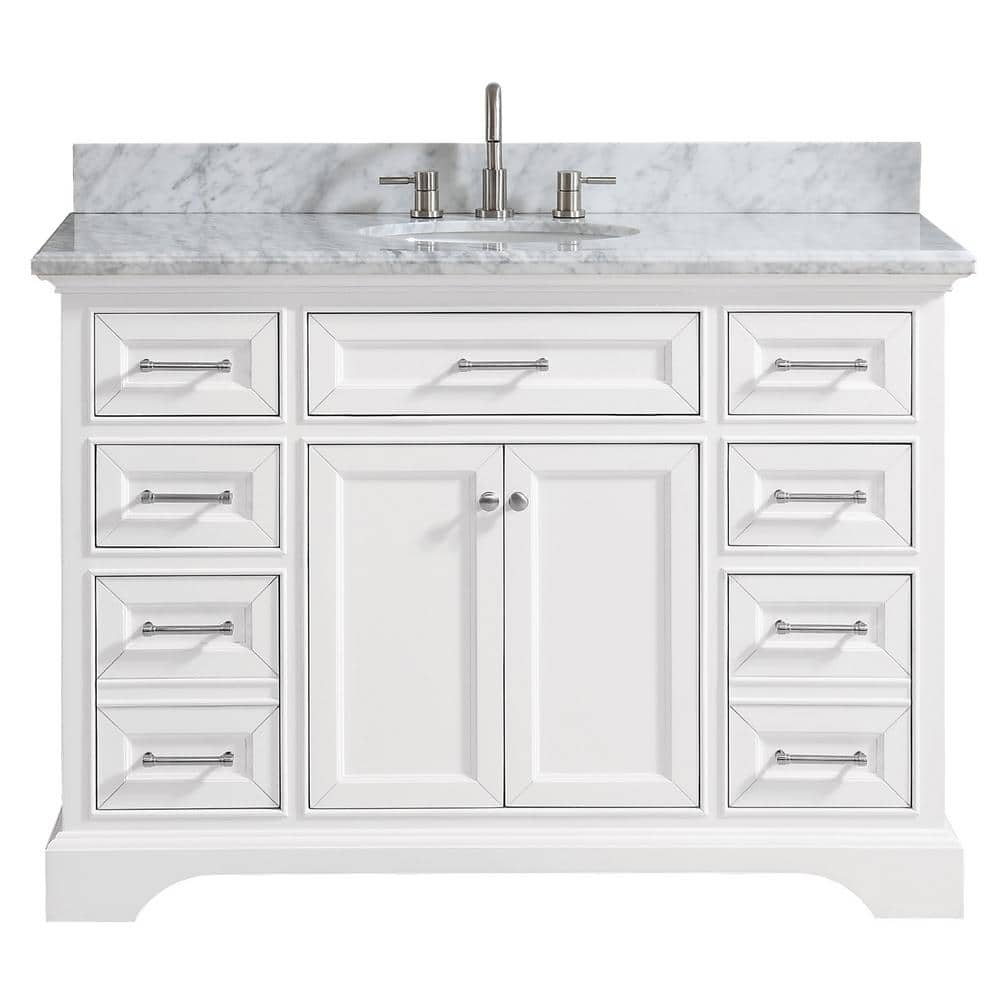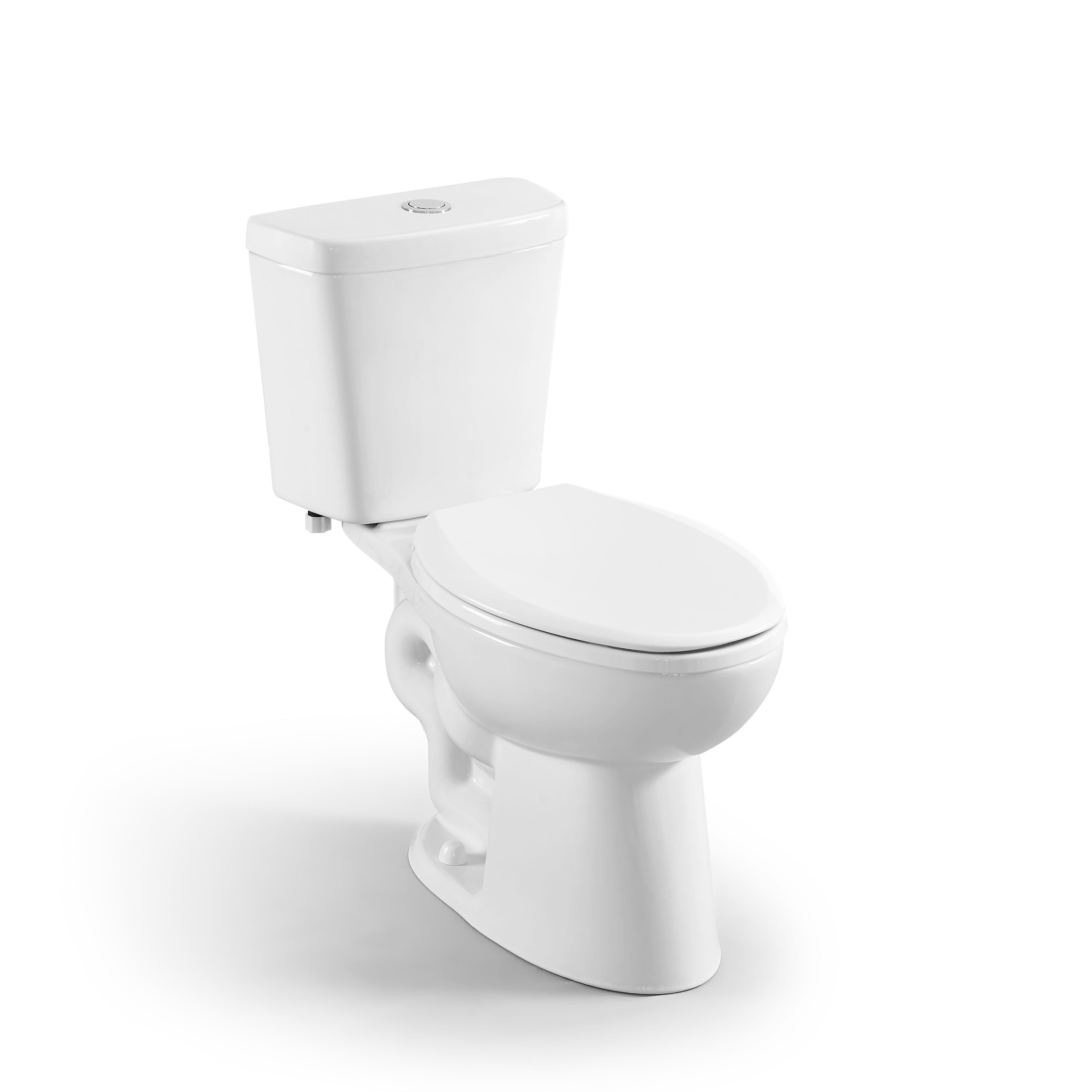Pfister Ladera Single-Hole Single-Handle Bathroom Faucet in Spot Defense Brushed Nickel
1 or 3 hole installation; 4 in. centerset. Includes matching deck plate. Featuring spot defense- resists spots and fingerprints.
For the ultimate in flexibility and simplicity, Ladera is the family of lavatory faucets that seamlessly tie your decor together. Transitional design that features a blend of gentle curves and clean lines is the perfect choice for an easy refresh or an entire remodel that will update your current look and stand the test of time. The Ladera faucet family is available in single control, centerset and widespread configurations and is offered in polished chrome, Tuscan bronze and Spot Defense brushed nickel that resists both fingerprints and water spots.
- Ceramic disc cartridge
- Featuring spot defense- resists spots and fingerprints
- Pfast connect supply lines
- TiteSeal technology – no need for plumbers putty
- Includes push and seal drain
- Includes matching deck plate
- 1.2 GPM at 60 psi
- Pfister Pforever warranty covers finish and function for life
Additional information
| Connection size (in.) | 1/2 In. |
|---|---|
| Spout Height (in.) | 3.84 |
| Certifications and Listings | ADA Compliant,CSA Certified,EPA Approved,IAPMO Certified,NSF Listed |
| Manufacturer Warranty | Pfister Pforever Warranty covers finish and function for life |






by Fily
These faucets work nicely and look great. The matte black matches all the other fixtures
by Tony
I am very picky and I love this faucet!! It looks and works great in both of the remodeled bathrooms in our home!
by Debby
Love the look with no plate & the pop up drain is so easy!
by Lynn
Easy install & looks great! A nice upgrade and the pop-up drain is wonderful.
by Mary
Very nice looking and works well.
by Anthony
Easy at assemble and works great.
by Prolava
Easy install all necessary nuts and water supply lines are provided.